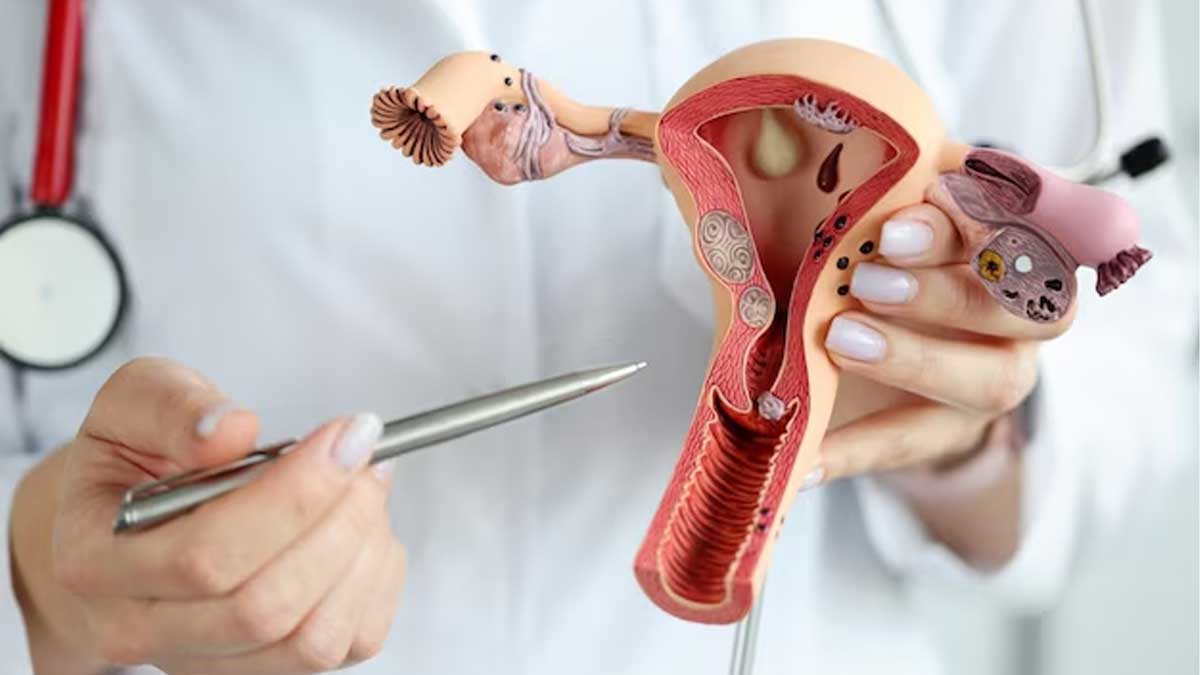
The World Health Organisation (WHO) has recently come up with a revised strategy to eliminate cervical cancer as a public health problem. According to the organisation, the key to doing so is enhanced coverage of effective screening in women.
Table of Content:-
Cervical cancer is the 4th most common cancer among women across the globe, claiming more than 3,00,00 lives in 2018. This unfortunate fact stands tall even though cervical cancer can be easily prevented and is curable. As per the new guidelines, this problem can be eliminated by 2030 as long as early detection and intervention can be enabled.
Preventing Cervical Cancer

To know more about the signs of this cancer, so women can seek early treatment, the team of OnlyMyHealth spoke to Dr Ravindra Pirojiya, MD Gynecology, Mandavray Hospital.
“In India, low-income families bear the biggest burden of cervical cancer. This is because of a rampant lack of awareness about this prevalent disease. The issue is further exacerbated by limited health infrastructure and lack of credible reporting in remote areas,” he said.
This sentiment has been relayed by WHO’s advisory which shared how 90% of deaths in 2018 occurred in low- and middle-income countries. In response, the organisation has issued the guideline that all countries must reach and maintain a cervical cancer incidence rate of below 4 per 100,000 women. To achieve the same, WHO suggested the following ways:
- At least 90% of girls should receive all doses of the HPV vaccine by the age of 15.
- At least 70% of women should be covered by high-performance screening tests by the age of 35, and again by the age of 45.
- At least 90% of women with pre-cancer should receive appropriate treatment
- Of the total number of women who have developed invasive cancer, it should be managed in at least 90% of the cases.
Also Read: Ahead Of HPV Immunisation, Lancet Reports India's Highest Cervical Cancer Cases In Asia
Early Signs Of Cervical Cancer

WHO believes that if these 90–70–90 targets are met, then by 2030 the rates of cervical cancer will have been slashed by 63%. To help the masses do their part and proactively seek early detection, Dr Pirojiya listed the following early signs which indicate that you may have cervical cancer:
- Foul smell from the vagina
- Bleeding after intercourse
- Untimely intermenstrual bleeding
- Increased frequency of urination
- Pelvic pain
Also Read: Ladies! Here Are 6 Ways To Reduce Your Risk Of Cervical Cancer
Dr Pirojiya concluded that certain factors double the risk of cervical cancer beyond delayed screening and treatment. Poor genital hygiene, family history, multiple sexual partners, HIV infection, HPV infection, and using oral contraceptive pills should be avoided to reduce your chances of cervical cancer.
Also watch this video
How we keep this article up to date:
We work with experts and keep a close eye on the latest in health and wellness. Whenever there is a new research or helpful information, we update our articles with accurate and useful advice.
Current Version